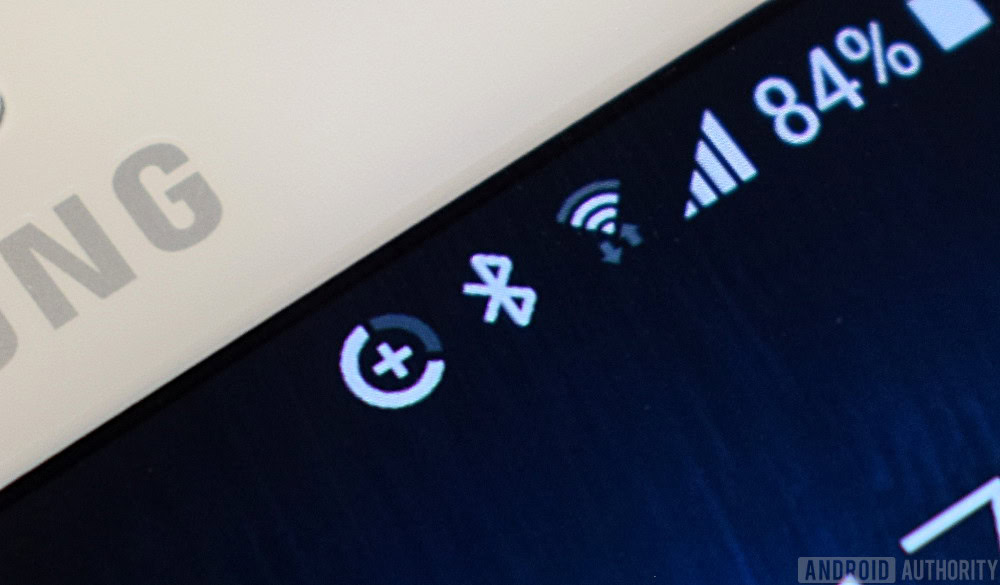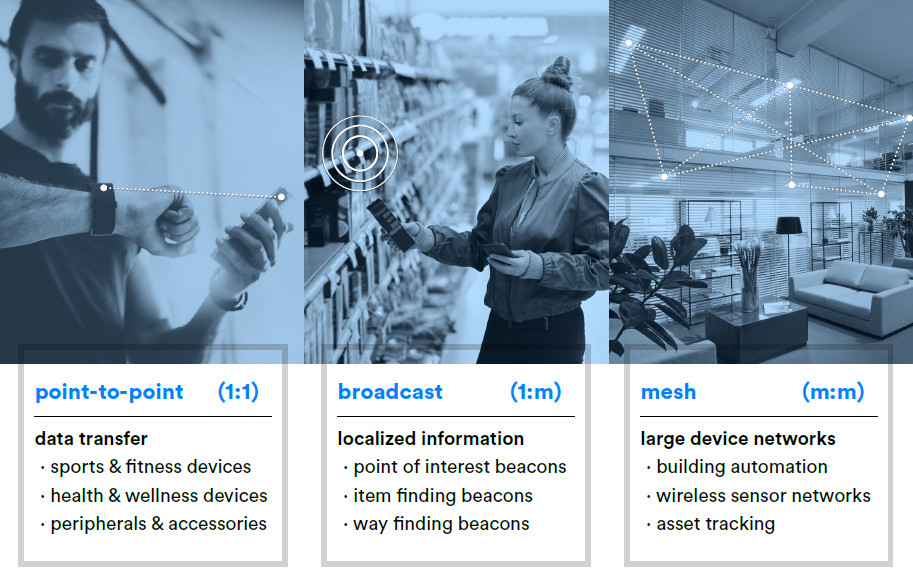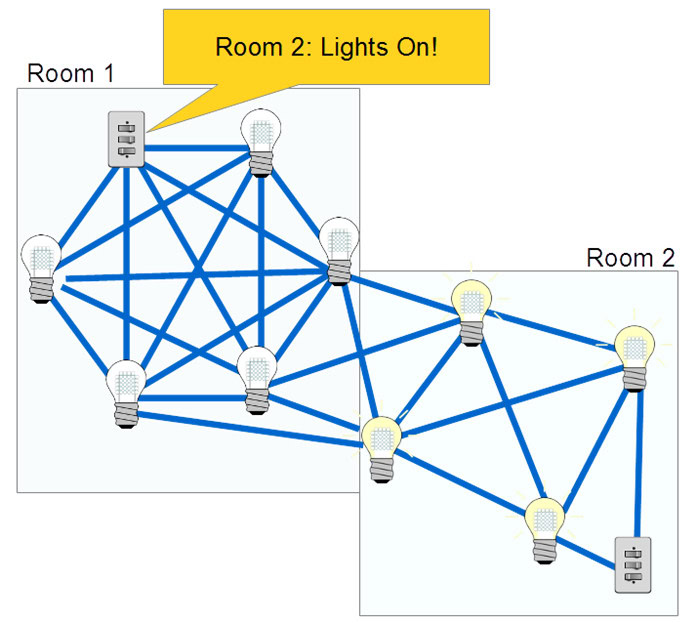Affiliate links on Android Authority may earn us a commission. Learn more.
Bluetooth Mesh Networking will usher in huge connected environments

The Bluetooth Special Interest Group (SIG), the group that oversees development of the widespread Bluetooth standard, has today unveiled the details about its new mesh networking standard. This development means that mass device-to-device communication can be supported by Bluetooth devices, those using Low Energy 4.x and 5.0 specifically, opening the door for new use cases and products in the automation, Internet of Things, and sensor network markets.
One of Bluetooth’s major advantages over other wireless standards is that devices consume very little power, allowing them to be implemented in all manner of products. Furthermore, the technology can be packed into compact form factors and offers a range of data speeds suitable for small packets of data up to more consistent data heavy connections. Mesh networking and the move towards IoT seems like a natural fit for Bluetooth’s capabilities, so in some ways this announcement isn’t that surprising.
SIG’s Bluetooth mesh networking specification is quite robust, including guidelines and protocols for assigning devices (aka nodes) into networks, supporting data relaying between nodes over longer distances, and mandating security implementations. Speaking of which, Bluetooth mesh networking requires all messages to be 128-bit AES-CCM encrypted and authenticated, and obfuscation makes tracking data around a network very difficult. Security has clearly been a top priority.

What is mesh networking?
Mesh networking isn’t a term that we’re used to hearing in the smartphone space, so here’s a little primer if you’re wondering what this is all about.
The idea is a rather different concept to wireless communications that we’re probably familiar with. Instead of facilitating one-to-one or one-to-many communication, mesh networking allows hundreds and even thousands of devices to all communicate with each other. So unlike a Wi-Fi network where communication passes through a central router, mesh networking broadcasts a message out to all nearby devices. These messages are then relayed to other nodes until arriving at their destination.
This clearly has a notable advantage that if one node goes down, the communication system remains functional — unlike a Wi-Fi network that would fail if the router malfunctioned. This multi-path delivery system also allows for network ranges to be extended quickly and simply by adding more devices, each of which also likely performs a useful function in addition to simply relaying messages.

There are of course some obvious potential issues, such as having messages bounce between nodes in perpetuity and clogging up bandwidth. To prevent this from happening, Bluetooth’s implementation attaches a Time to Live (TTL) to messages, which kills the message automatically after a set number of publications. Nodes can also cache recently seen messages to prevent resends and delete duplicates, and there are also low power nodes that can hold a message and forward it at an appropriate time to save on power and network efficiency.
Put simply, rather than common one-to-one connections, such as pairing a fitness tracker to your phone or streaming audio wirelessly, mesh networking allows every single device on a network to connect with everyone nearby to pass messages along. So taking the previous example, your fitness tracker and wireless headset would talk to each other too and not just to the phone. While that example might not be very useful, mesh networking has a number of practical implications in both the consumer and industrial markets.
What it means for us consumers and industry
The SIG is pitching many of mesh networking’s most useful applications at the industrial markets and this is certainly where we’ll see the biggest deployments. Building automation, such at wireless lighting and heating controls, are obvious candidates that could be applied across office blocks, medical centre, and factories.
When it comes to industrial IoT, the introduction of more advanced sensors to track output, heat, and to report any malfunctions is a step being taken to modernize industry, and again mesh networking could be a cost effective, efficient solution to improve connectivity. Asset tracking across large complexes is also an emerging use case, which will allow companies not only to track but also communicate with various assets and pieces of equipment as they move around complex environments. Hospital equipment, for example, could be a prime candidate for this type of technology.

Still, even in the consumer space, mesh networking is likely to be a major factor expediting the deployment of IoT networks and expanding the capabilities of ideas like the smart home. So instead of relying on Wi-Fi networks or physical wiring, devices on a home mesh network could communicate to each other and propagate network coverage simply be installing additional lights or appliances. This also means we’d not necessarily have to be within reach of our phone to transfer fitness data, for example.
Bluetooth SIG’s mesh networking allows for up to 32,000 connected devices on a network, so large factories, hospitals, and others industry locations could be covered quite readily, and would easily cater for even the most cluttered smart home.
Wrap up
There’s certainly a lot that can be done with mesh networking, and this new Bluetooth implementation is almost certain to power some exciting future use cases.
For developers, Bluetooth networking specifications and design tools are now available over at the Bluetooth website. For those looking to begin developing their own products and ideas, SIG offers webinars, white papers, and training videos, alongside the free to use Bluetooth Developer Starter Kit and Bluetooth Developer Studio, which will be updated to include information and tools for Bluetooth mesh soon.
The major Bluetooth vendors haven’t yet announced any SDK stacks for popular development platforms – such as Arduino, mbed, or the Raspberry Pi – but if resources do arrive for these platforms, we can almost certainly expect some exciting developments.